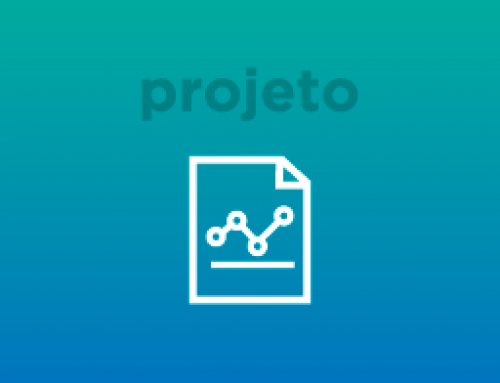Electronic Funds Transfer represents an upward trend, which fosters the proximity among consumers and suppliers. Each transaction is sent to a Computer Center, in charge of decoding, processing and returning the results as fast as possible. Particularly, the present article covers the GetNet Company day-by-day, focusing on one of their subsystems. In the article, we model the incoming transaction volume and the corresponding processing to answer the following questions: (i) how is the idleness of the company transaction system settings and what are the rates involed on that? (ii) Given an annual growth of 20% in the transaction volume, which modifications should be made in the current Computer Center to fulfill the need in terms of transactions until 2020? The tests were based on transactions execution logs during one day, which corresponds to the greater volume of 2011. As expected, the results show that the 10 machines composing GetNet system are overestimated for the current situation, which could support the operational load with only 4 machines. In addition, the current configuration could be sustained, regarding the growth predicted before, until the middle of 2017 without loss of transactions.


